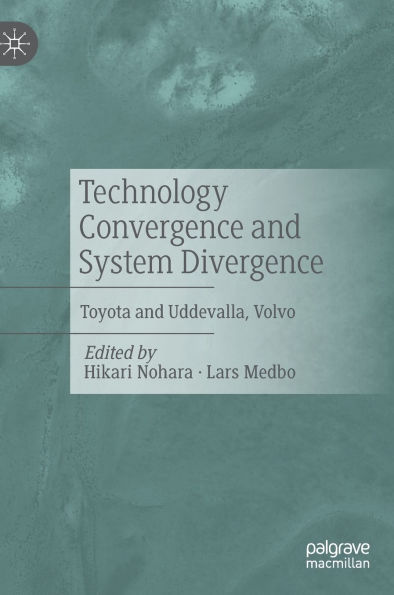Technology Convergence and System Divergence: Toyota and Uddevalla, Volvo
This book compares the production systems of Toyota, which has a belt conveyer, and Volvo’s factory in Uddevalla, Sweden, which doesn’t. Uddevalla has been famous as a human-centric work environment since the 1980s, but Toyota’s production style- lean production seems increasingly advantageous. Unlike what lean production is usually considered to imply, the authors finds many shared aspects of both systems, such as the meaningful assembly sequence, assembly-oriented parts grouping, kits for material supplies, buffer mechanisms, and the application of cognitive science. However, in their totality, the different production systems have different impacts on people and society. The differences come from different ways of judging human potential. In this regard, Uddevalla and Toyota can be productively contrasted, identifying the comparative advantages of automation and human labor.
1146601932
Technology Convergence and System Divergence: Toyota and Uddevalla, Volvo
This book compares the production systems of Toyota, which has a belt conveyer, and Volvo’s factory in Uddevalla, Sweden, which doesn’t. Uddevalla has been famous as a human-centric work environment since the 1980s, but Toyota’s production style- lean production seems increasingly advantageous. Unlike what lean production is usually considered to imply, the authors finds many shared aspects of both systems, such as the meaningful assembly sequence, assembly-oriented parts grouping, kits for material supplies, buffer mechanisms, and the application of cognitive science. However, in their totality, the different production systems have different impacts on people and society. The differences come from different ways of judging human potential. In this regard, Uddevalla and Toyota can be productively contrasted, identifying the comparative advantages of automation and human labor.
199.99
In Stock
5
1

Technology Convergence and System Divergence: Toyota and Uddevalla, Volvo
439
Technology Convergence and System Divergence: Toyota and Uddevalla, Volvo
439Hardcover
$199.99
199.99
In Stock

Product Details
| ISBN-13: | 9789819619092 |
|---|---|
| Publisher: | Springer Nature Singapore |
| Publication date: | 04/22/2025 |
| Pages: | 439 |
| Product dimensions: | 5.83(w) x 8.27(h) x (d) |
About the Author
From the B&N Reads Blog
